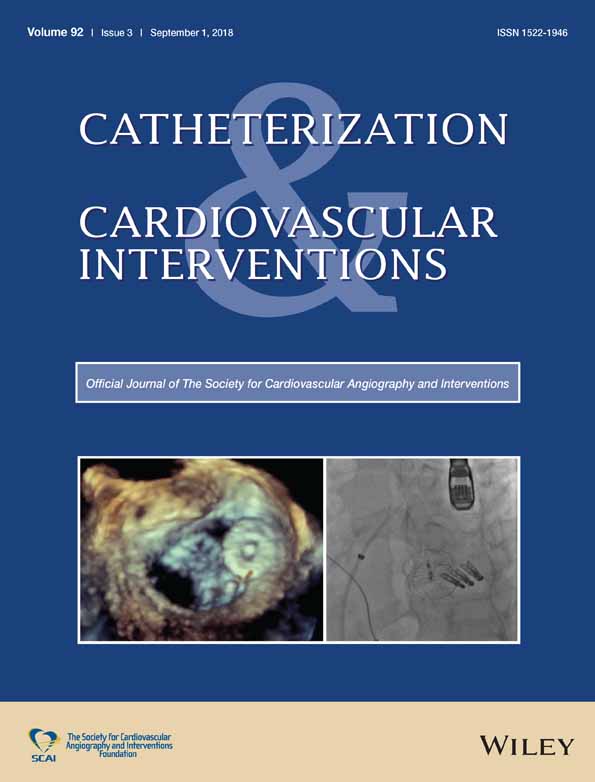Transseptal transcatheter mitral valve-in-valve: A step by step guide from preprocedural planning to postprocedural care
Funding information: The manuscript was not supported by external funding.
Abstract
Transcatheter mitral valve replacement has been successfully performed with the use of aortic transcatheter heart valves in hundreds of patients worldwide with severe dysfunction of a degenerated mitral bioprosthesis and high surgical risk for repeat operation. The delivery approach in the vast majority of the mitral valve-in-valve procedures has been transapical. Although the transseptal approach may be more technically challenging, it is less invasive and may be preferred by patients. Data from case series and a large international registry suggest that patients treated with transseptal mitral valve-in-valve have faster recovery, more improvement in left ventricular ejection fraction and possibly lower mortality compared with patients treated with transapical approach. A prospective clinical trial, the MITRAL trial (Mitral Implantation of TRAnscatheter vaLves) is evaluating the safety and feasibility of transvenous transseptal mitral valve-in-valve. The experience from this trial has allowed us to improve our procedural approach. In anticipation of a wider adoption of the transseptal approach for mitral valve-in-valve, we describe our current method step-by-step from planning the procedure through postprocedural management. This is an evolving technique that has changed with experience and the transition to newer generation transcatheter heart valve devices. We discuss the use of cardiac computed tomography for planning the procedure including transseptal puncture and valve size selection, provide procedural and technical tips, and discuss postprocedural care.




